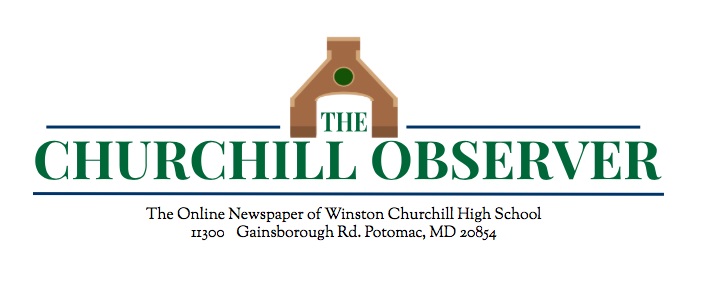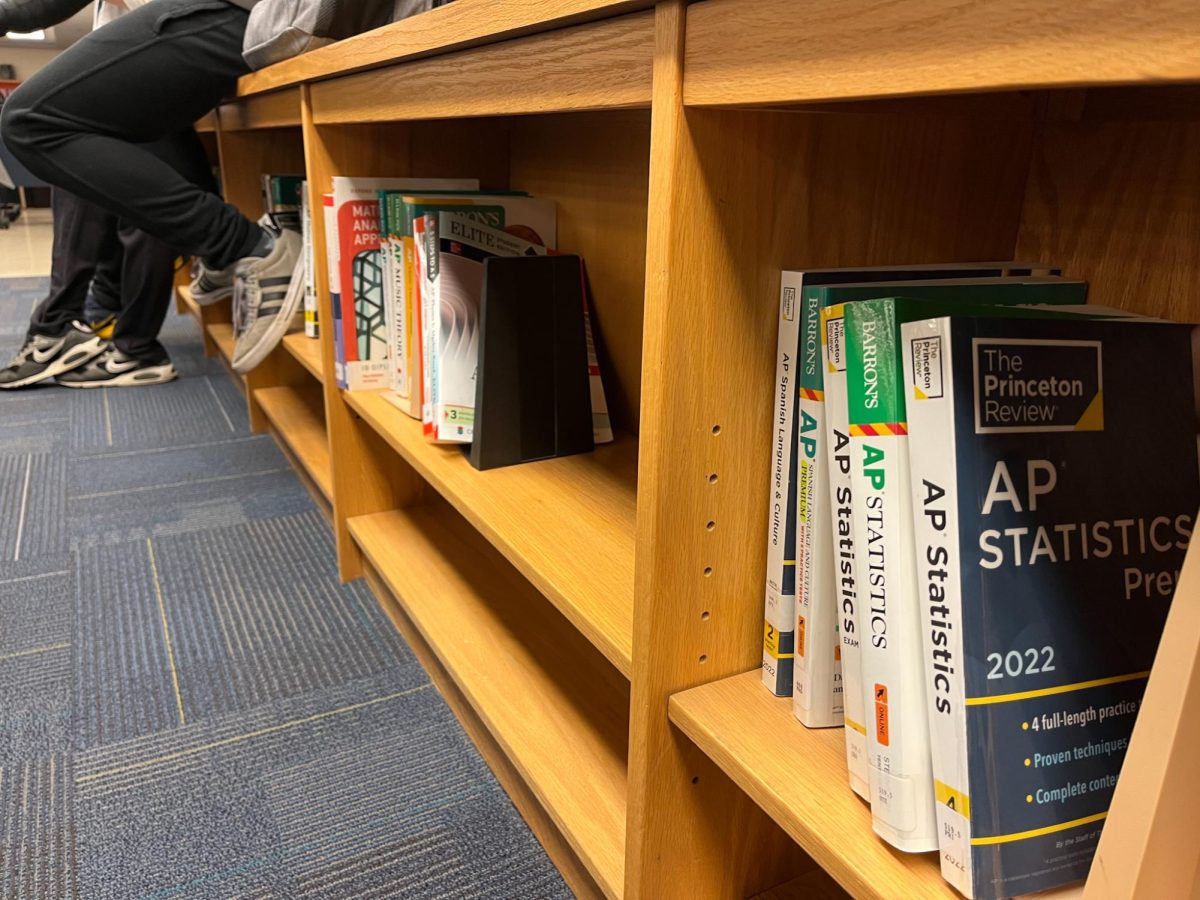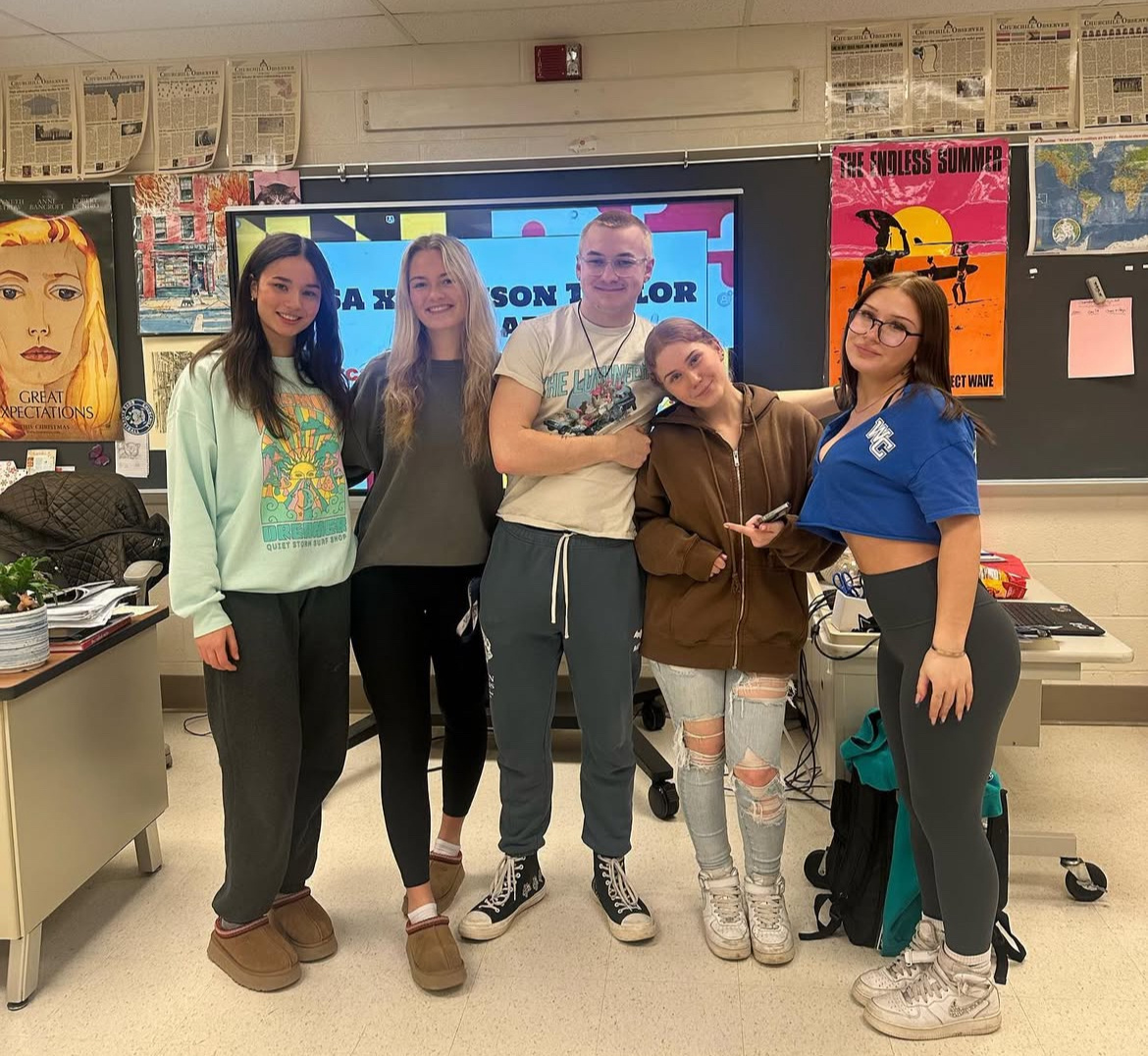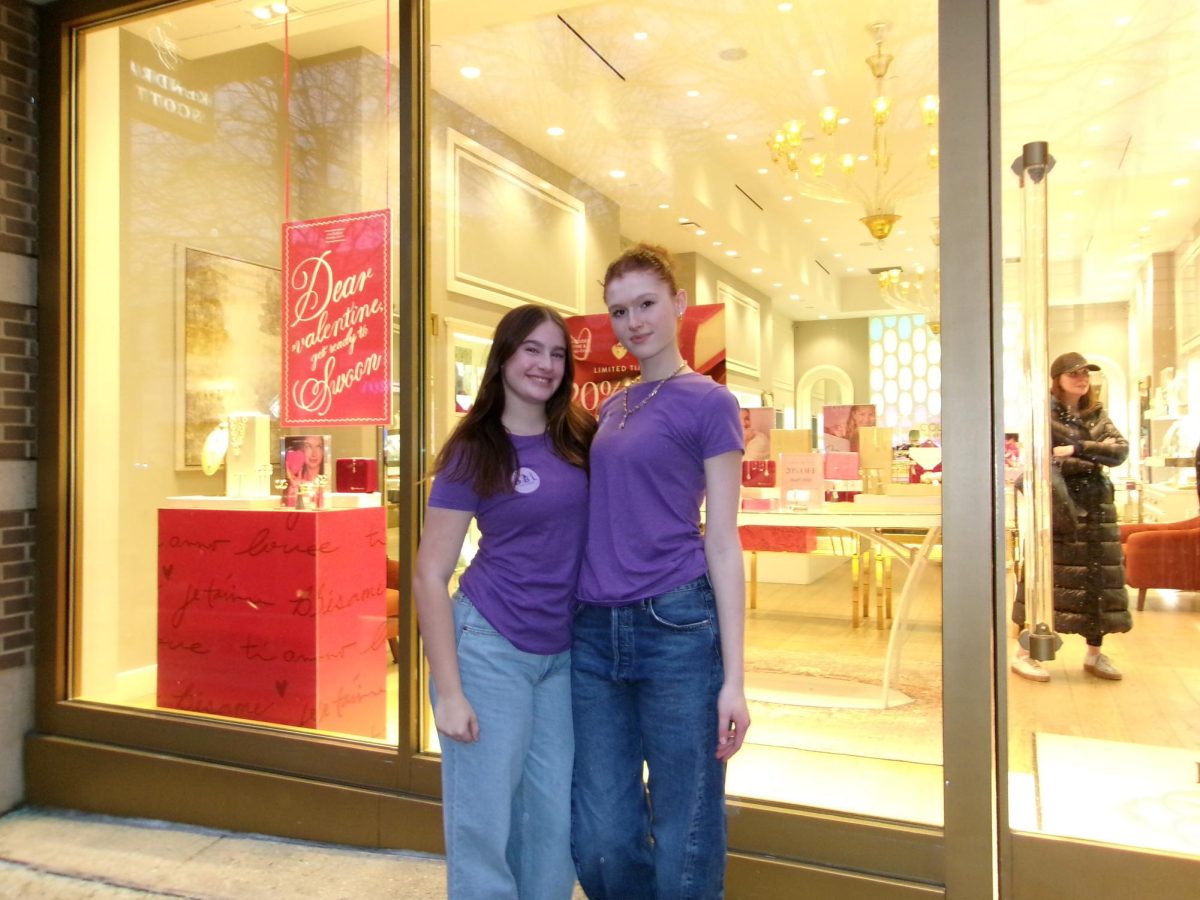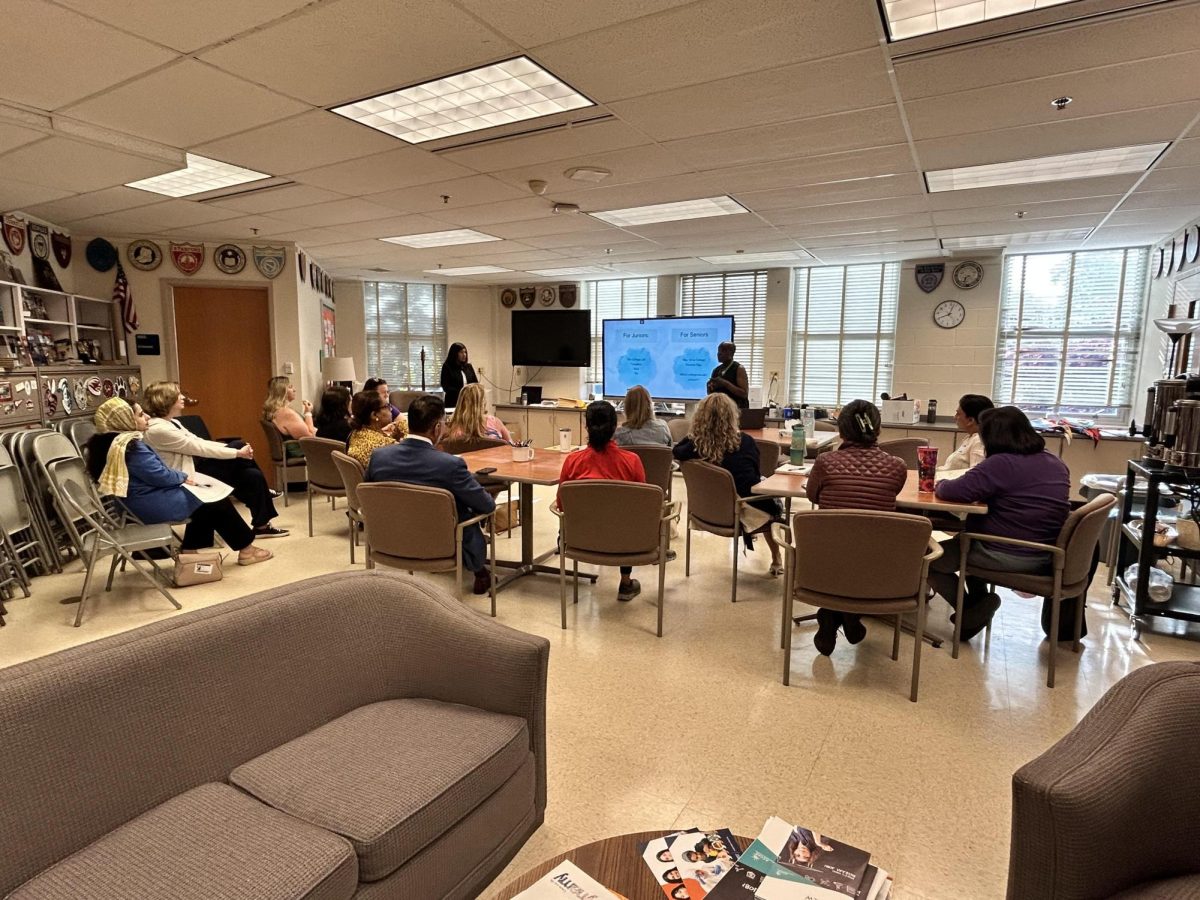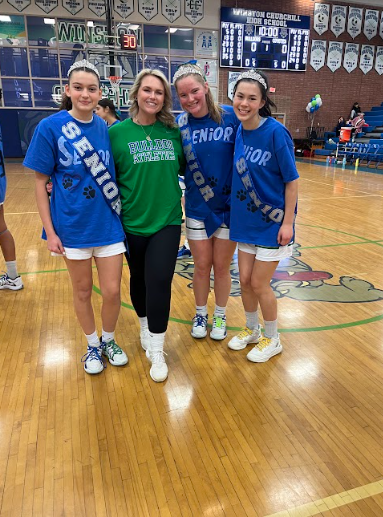
Out of nowhere, two soccer players collide. One holds onto their head, indicating a head injury, whereas the other grasps their hamstring, knuckles turning white. The coaches of both players immediately rush onto the field, assisting them with exiting the pitch. Then, the game proceeds, and fans do not think twice about the two injured. But no need to fret; they are in great hands. Kinsey Gunn, the WCHS athletic trainer, ensures the two players are healed and adequately treated.
Gunn’s knowledge and experience in athletic training are extensive. To start, she received her bachelor’s degree in science for athletic training from Marshall University, where she worked closely with the school’s football, softball, men’s soccer and men’s basketball teams, along with local high schools for skill development. As to graduate school, Gunn acquired her master’s degree in post-secondary education at Salisbury University. While working towards her degree at Salisbury, she was also the assistant athletic trainer there. Her broad set of skills has been evident in just a few years of working at WCHS.
“In the two sports that I play [(hockey and lacrosse)], one of the most prevalent injuries I always see are concussions, most likely a result of the intense physical contact that comes along with the games,” WCHS junior Mac Glazer said. “Kinsey does a great job of helping players return to their game as soon as possible while making sure they are still safe.”
Gunn understands that athletes are adamant about returning to their game from injury, often disregarding the risks that come along with this. As a result, Gunn does a fantastic job of finding the middle ground between getting athletes back to playing fast while simultaneously not rushing the clearance process. Her philosophy of treating the athlete holistically— physically, mentally and emotionally— makes her extremely approachable to all athletes.
“I have been very lucky that forming connections with the athletes, coaches, staff and parents has been effortless for me since the moment I started at WCHS,” Gunn said. “I was able to form such connections through my genuine care and interest in each team: treating [each] athlete as a whole rather than just an injury.”
In order to treat each athlete, Gunn constantly contacts coaches to keep them in the loop about the athlete’s prognosis and rehabilitation plan. Often, this is in the form of an email or text message; however, if the injury is more significant and nuanced, the occasional sit-down call or in-person meeting occurs. All WCHS coaches appreciate Gunn’s clear communication and commitment to rehabbing injuries efficiently.
“Many teams recognize me at the end of the season by giving me a card, inviting me to their banquet or giving me a shirt or sweatshirt!” Gunn said. “The appreciation I feel from the athletes, coaches and parents is incredible; it is a very special feeling to know that my work has made an impact in such a way.”
From wrapping sprained ankles to providing electronic stimulation to athletes, it is very easy to appreciate all of Gunn’s work that is in plain view. What is less noticeable is her behind-the-scenes responsibilities, which involve preventing athletes from suffering an injury in the first place.
“I am responsible for the proper education of hydration and nutrition of the athletes, monitoring weather, documenting injuries and making decisions about games/practices based on temperature and inclement weather,” Gunn said. “Monthly AED checks, teaching CPR classes to coaches, maintaining inventory of supplies, creating emergency action plans for each athletic venue, covering summer and break practices, covering county and state events and maintaining my national certification and Maryland licensure all fall into my responsibilities [as well].”
Many athletes fail to acknowledge the considerable amount of work that goes into standard safety procedures. It is easy to lose sight of the magnitude of specific action plans when more visible tasks overshadow them. Gunn’s hard work is crucial to the success of the WCHS athletics program and athletes.
“While injuries like a concussion can be unavoidable, Kinsey helps WCHS teams run more smoothly,” Glazer said. “If it were not for her hydration and nutrition education sessions, the risk of muscle pulls skyrockets and many more athletes would be suffering from dehydration mid-game.”
Gunn’s impact on WCHS teams and athletes is remarkable. Her knowledge on athletic training, the connections with WCHS student athletes and all the behind-the-scenes work she does truly make her a valuable asset to the WCHS community.
“You do not realize this until you are older, but being a teenager is difficult because you feel so grown up when in reality you have a lot of growing up to do,” Gunn said. “[Through] building communication and time management skills with the athletes, I like to think I have helped them with more than just injury treatment and prevention: treating all athletes with the respect of a young adult.”
